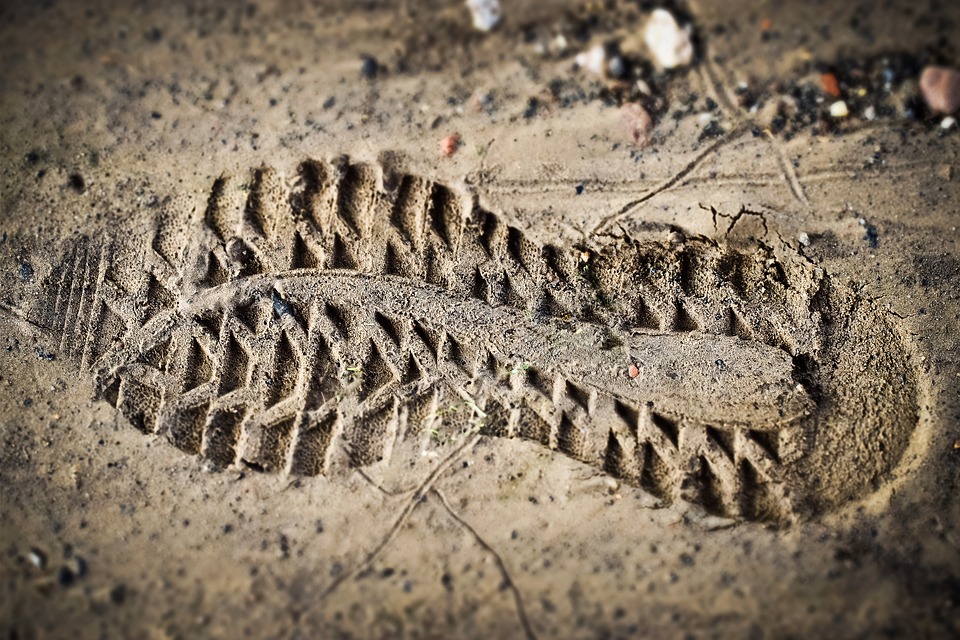Outlining Emerging Forensic ICP Applications
Inductively coupled plasma (ICP) spectroscopy is an advanced analytical technique used for trace level determination of a sample’s elemental constituents. This is achieved by directing nebulized sample material through the plasma torch array that is charged with an electromagnetic coil. Liquidized droplets of the sample of interest are passed through the torch in a channel of gas. Ionized particles are then obtained from the plasma unit and transferred to a mass spectrometer, where they are sorted by mass-to-charge characteristics and analyzed using precise photodetectors. This enables analysts to determine the sample’s elemental concentration on the parts per million (ppm) range.
ICP applications are primarily concerned with the determination of elements and chemical contaminants on the trace and ultra-trace levels through non-destructive means. The technology enables robust elemental profiles of a macro sample to be acquired using the emission spectra of just a small volume of surface material that has been prepared with an appropriate flux. This represents significant benefits for testing of samples of high value or rarity.

In a previous blog post, XRF Scientific explored The Archaeological Applications of ICP Equipment. This blog post will explore the current and emerging forensic ICP applications in more detail.
Current Forensic ICP Applications
Forensic analysis is typically performed on samples of extremely limited quantities. It is important, therefore, that analytical methods provide rich and reliable data without consuming or contaminating evidence that may be called to question in court. This is one of the primary ICP applications. It is routinely used for advanced forensic analysis such as evidence matching based on quantitative trace-element composition. Comparative analysis of soil samples can strengthen other evidence or testimony in court, while bone fragments can be tested to determine the species of origin and discriminate the bones of an animal from those of a human.
These ICP applications are still gaining traction in legal systems worldwide, yet they could already be considered rudimentary compared to the emerging uses of the technology.
Emerging Forensic ICP Applications
New studies have demonstrated the potential for ICP to expedite forensic ballistics and firearms examinations through the rapid and reliable quantification of gunshot residues. It may be possible to draw multiple conclusions regarding the type and caliber of weapon used, the number of shots fired, and even the distance of shooting from the optical emission spectra of the residue. An even more cutting-edge forensic ICP application is the diagnosis of illicit uranium enrichment or plutonium production, yet this is an incredibly advanced form of the technology that is explicitly linked to national departments of energy and security.
XRF Scientific: Enabling ICP Applications
Existing and emerging ICP applications rely on ultra-precise sample preparation methods, where analytes are liquidized in a eutectic mixture at temperatures exceeding 1000°C (1832°F). This requires a range of analytical tools including a fusion furnace, an appropriate borate mixture, and high-purity platinum molds and beakers capable of storing the homogenous liquid sample prior to nebulization into the plasma unit.
XRF Scientific specializes in sample preparation for x-ray fluorescence (XRF) and ICP applications. If you would like to learn more, browse our previous blog posts:
- The Fusion Flux Products Available from XRF Scientific
- Industrial Furnaces Available from XRF Scientific
Otherwise, contact us directly if you have any questions.
[Source: Science Direct; Spectroscopy Online]









